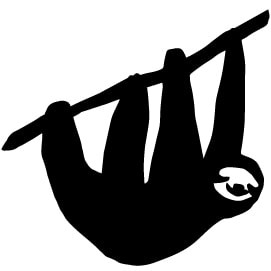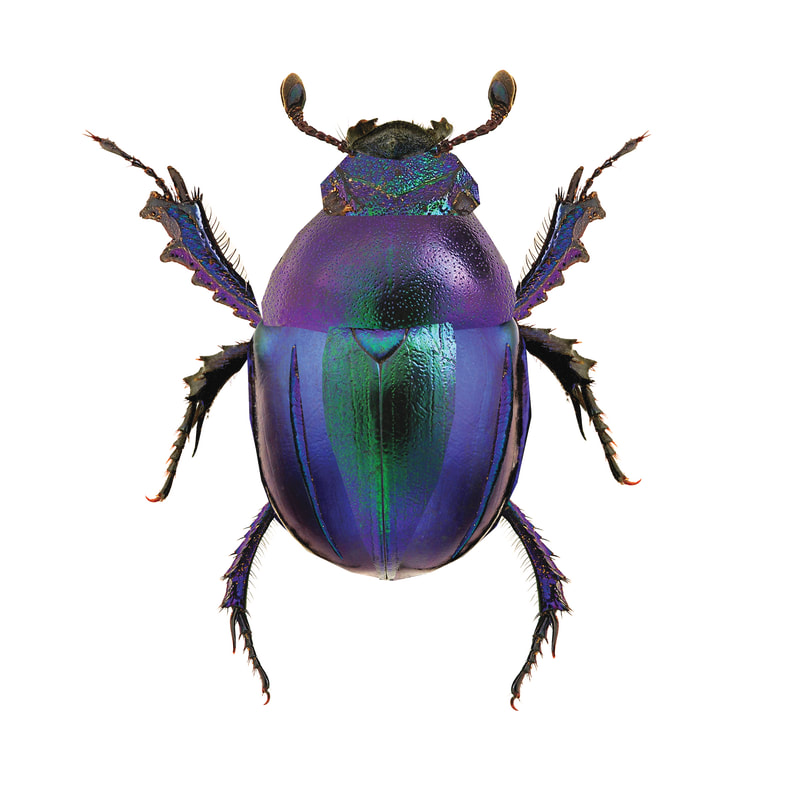Who fell the mango tree?
|
Extinction
Extinction signifies disappearance. When the last individual of a species dies, the species becomes extinct. Extinction can be a natural part of life on Earth and of different species. In the last 450 million years, Earth has experienced five mass extinctions, with a large number of species disappearing at the same time. One such mass extinction took place 66 million years ago, at the end of the Cretaceous period, when most dinosaurs disappeared from Earth. However, one branch of small dinosaurs (Theropoda, Avialae) survived, and continues to live on Earth forming the current diverse family of birds. The reason for the mass extinction at the end of the Cretaceous period was possibly an asteroid that happened to hit the Earth during a time when also environmental conditions had rapidly changed. The combined effect of these events and circumstances, which was possibly fortified by a series of volcanic eruptions, lead to the extinction of dinosaurs and many other species. For many species, it was difficult to adapt to the rapid change in the conditions on Earth. Life on Earth has recovered after each waves of mass extinction, albeit slowly. It took millions of years until the Earth once again was inhabited by as many species, as it was before the latest wave of extinction. According to researchers, Earth is currently experiencing its sixth mass extinction, which is caused by humans. This current extinction is also happening faster than before. Researchers also speak about a decrease in biodiversity. By this they mean the loss of genetic variation in ecosystems, plants, animals and other organisms. – – – – – – – – In the last 50 years, Earth’s nature has been altered most by:
– – – – – – – – What should decision makers, companies and people do:
Can you come up with other ways for protecting animals, plants, or our common habitats? – – – – – – – – References: * Ceballos G., Ehrlich P.R. & Raven P.H. 2020. Vertebrates on the brink as indicators of biological annihilation and the sixth mass extinction. PNAS. www.pnas.org/cgi/doi/10.1073/pnas.1922686117 * Chiarenza A.A., Farnsworth A., Mannion P.D., Lunt D.J., Valdes P.J., Morgan J.V. & Allison P.A. 2020. Asteroid impact, not volcanism, caused the end-Cretaceous dinosaur extinction. PNAS 117: 17084–17093. www.pnas.org/cgi/doi/10.1073/pnas.2006087117 * Díaz S., Settele J., Brondízio E.S., Ngo H.T., Agard J., Arneth A., Balvanera P., Brauman K.A., Butchart S.H.M., Chan K.M.A., Garibaldi L.A., Ichii K., Liu J., Subramanian S.M., Midgley G.F., Miloslavich P., Molnár Z., Obura D., Pfaff A., Polasky S., Purvis A., Razzaque J., Reyers B., Chowdhury R.R., Shin Y-J., Visseren-Hamakers I., Willis K.J. & Zayas C.N. 2019. Pervasive human-driven decline of life on Earth points to the need for transformative change. Science 366, doi:10.1126/science.aax3100. * Forslund T. 2021. Kiertotalous on avain luontokadon pysäyttämiseen. https://www.sitra.fi/artikkelit/kiertotalous-on-avain-luontokadon-pysayttamiseen/ * Heikkilä M. 2021. Sukupuuttoaaltoja on ollut aina, mikä nyt on toisin? https://www.helsinki.fi/fi/uutiset/luontokato/sukupuuttoaaltoja-ollut-aina-mika-nyt-toisin * IPBES 2019. Global assessment report of the Intergovernmental Science-Policy Platform on Biodiversity and Ecosystem Services. Brondízio E. S., Settele J., Díaz S., Ngo H. T. (eds). IPBES secretariat, Bonn, Germany. IUCN 2007. Species Extinction - The Facts. IUCN 2012. IUCN Red List Categories and Criteria: Version 3.1. Second edition. Gland, Switzerland and Cambridge, UK. * Kotiaho J. S., Ahlvik L., Boström C., Bäck J., Herzon I., Jokimäki J., Kallio K. P., Kulmala L., Lehikoinen A., Nieminen T. M., Oksanen E., Pappila M., Pöyry J., Saarikoski H., Sinkkonen A., Sääksjärvi I. & Ketola T. 2021. Keskeiset keinot luontokadon pysäyttämiseksi. Luontopaneelin viestit hallituksen puoliväliriiheen. Suomen Luontopaneelin julkaisuja 2/2021. doi: https://doi.org/10.17011/jyx/SLJ/2021/2. |
|
– – – – – – – – – –
Our materials are licensed under the Creative Commons Attribution-ShareAlike 4.0 International License: http://creativecommons.org/licenses/by-sa/4.0/. It means you can use our materials freely, but please remember to always credit our work and mention us whenever you are sharing contents of our project online: Instagram: @evolution_in_action, Facebook: @evoluutiopajat, Twitter: @EvoWorkshops. If you use our materials in teaching, we are happy to hear greetings and feedback. You can tag us on social media or send us an email: [email protected] Evolution in Action logo: jpeg, eps |

